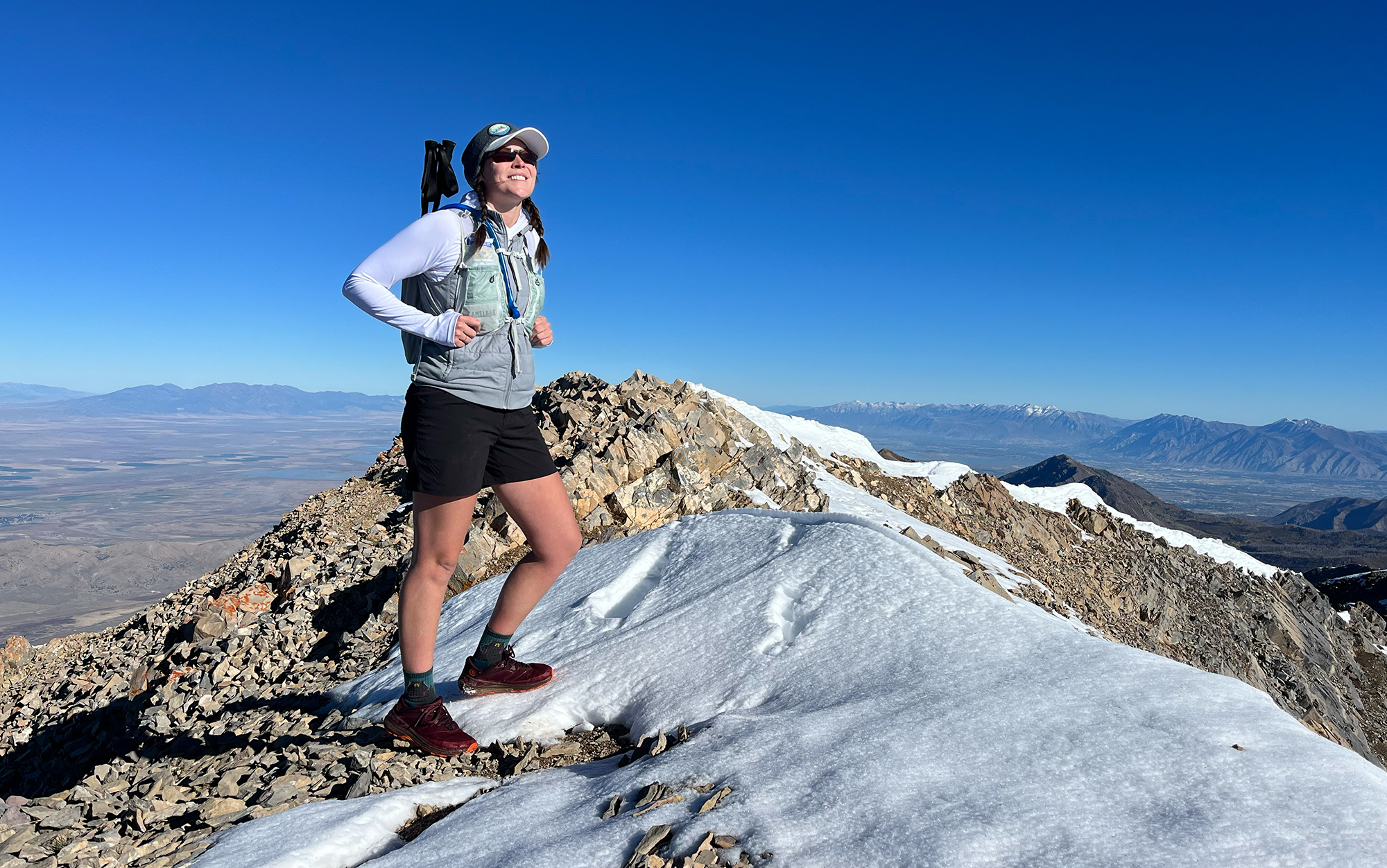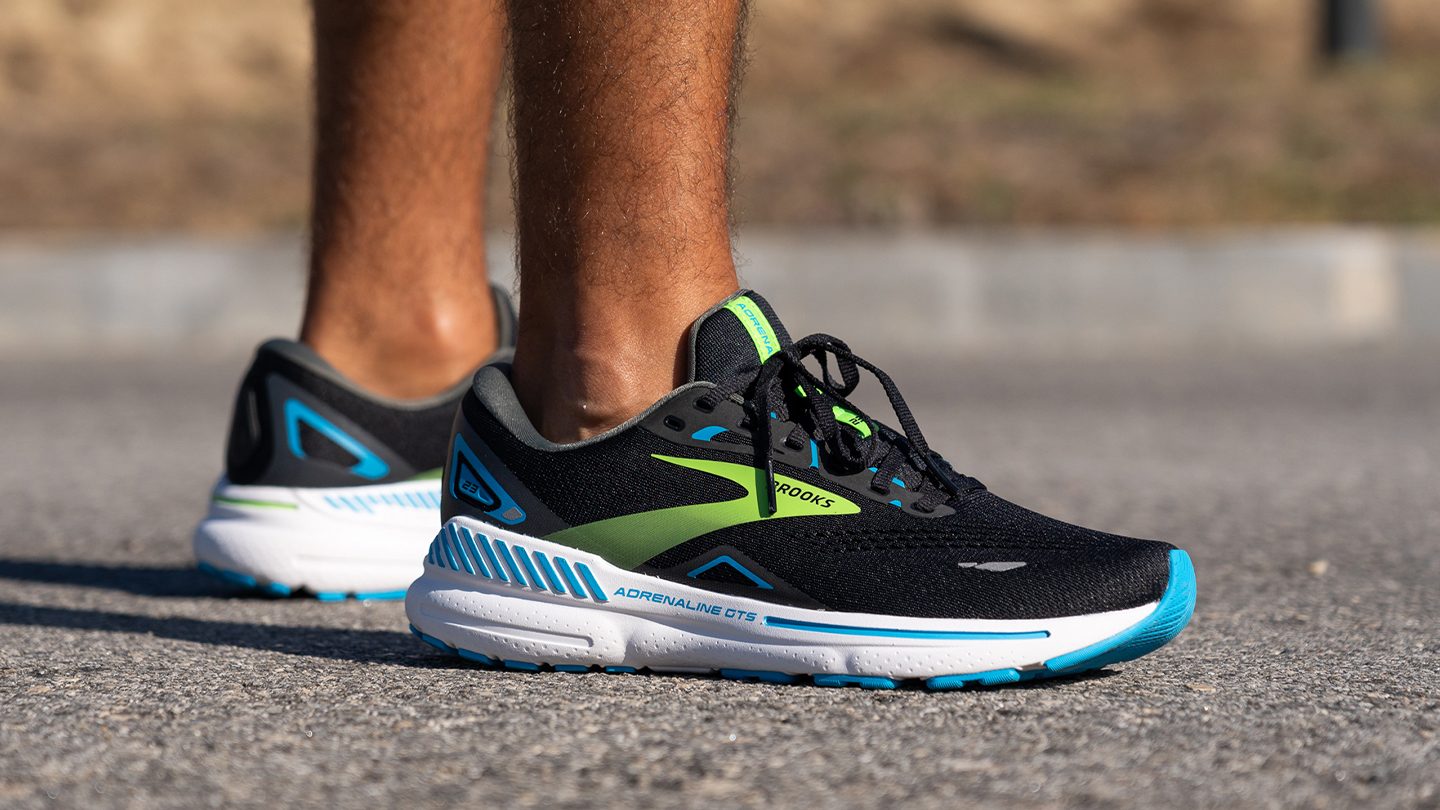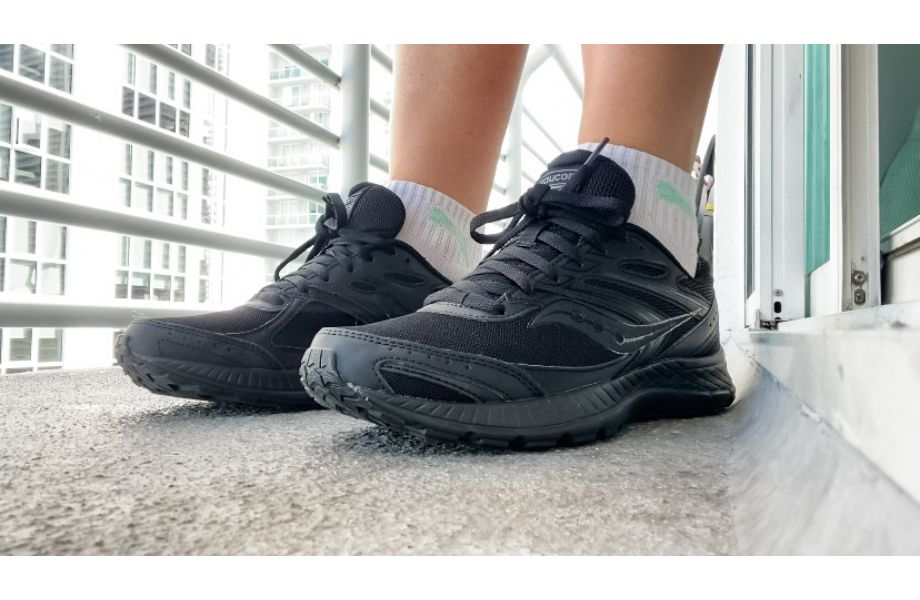For women who love hiking but face the discomfort of plantar fasciitis, finding the right footwear is essential. The right hiking shoes can make a world of difference, allowing you to enjoy your outdoor adventures without pain. In this comprehensive guide, we’ll explore the best women’s hiking shoes specifically designed for plantar fasciitis. We’ll dive into real-world experiences, detailed product highlights, comparisons, pros and cons, and much more.
Understanding Plantar Fasciitis
Before we delve into our shoe recommendations, it’s crucial to understand what plantar fasciitis is. This common foot condition occurs when the plantar fascia, a thick band of tissue running across the bottom of your foot, becomes inflamed. Symptoms can include stabbing pain near the heel, especially during the first steps in the morning or after prolonged periods of sitting or standing.
Causes and Risk Factors
Plantar fasciitis can affect anyone, but certain factors can increase your risk:
- Age: More common in middle-aged individuals.
- Activity level: Runners or individuals who stand for extended periods may be more prone.
- Foot mechanics: Flat feet, high arches, or an abnormal walking pattern can contribute.
- Obesity: Excess weight adds stress to the plantar fascia.
.jpg)
Symptoms to Watch For
Typical symptoms of plantar fasciitis include:
- Sharp heel pain, especially after waking up.
- Pain that worsens after prolonged sitting.
- Stiffness and swelling.

Why Specialized Hiking Shoes Matter
When you have plantar fasciitis, choosing hiking shoes that provide excellent support and cushioning is critical. The right pair can help distribute pressure evenly across your feet, reduce strain on the plantar fascia, and enhance your overall hiking experience. Let’s look at what features to consider when shopping for hiking shoes.

### Key Features to Look For
Arch Support
A good hiking shoe should offer substantial arch support. Look for shoes with built-in arch support or the option to insert custom orthotics. This will help alleviate pressure on the plantar fascia during hikes.

Cushioning
Effective cushioning is vital for shock absorption. Shoes with EVA foam or gel cushioning can provide the comfort needed for long hikes. This helps minimize the impact on your feet, reducing discomfort and fatigue.
Stability
Stability features in hiking shoes help keep your feet aligned properly, which is crucial for managing and preventing plantar fasciitis pain. Look for shoes with a firm midsole and a supportive heel counter.

Fit
A proper fit is essential. Your hiking shoes should fit snugly without being too tight. Make sure there’s enough room in the toe box to avoid blisters and other foot issues.
Top Picks for Women’s Hiking Shoes for Plantar Fasciitis

Now that we’ve covered what to look for, let’s dive into our top picks! Here’s a comparison table of some of the best women’s hiking shoes for plantar fasciitis available on the market:
| Product | Arch Support | Cushioning | Stability | Price | Buy Link |
|---|---|---|---|---|---|
| Merrell Moab 2 Waterproof | High | Medium | Excellent | $130 | Buy Now |
| Salomon X Ultra 3 GTX | Medium | High | Excellent | $160 | Buy Now |
| Skechers Relaxed Fit Cankton | Medium | High | Good | $100 | Buy Now |
| Columbia Crestwood Mid Waterproof | Medium | Medium | Good | $110 | Buy Now |
| KEEN Targhee III Waterproof | High | High | Excellent | $150 | Buy Now |

1. Merrell Moab 2 Waterproof
The Merrell Moab 2 is an excellent all-around hiking shoe, known for its durability and versatility. It features a cushioned insole and excellent arch support, making it a favorite among hikers with plantar fasciitis. The waterproof design makes it suitable for various weather conditions, while its traction provides confidence on rocky trails.
Pros:
- High arch support
- Waterproof
- Durable construction
Cons:
- Can be heavier than some alternatives
2. Salomon X Ultra 3 GTX
Please note that this shoe is highly rated for its cushioning and lightweight feel. The Gore-Tex lining ensures that your feet stay dry, while the aggressive outsole grips slippery surfaces well. This shoe is ideal for women who enjoy challenging hikes and need extra ankle support.
Pros:
- Excellent cushioning
- Lightweight design
- Fantastic grip
Cons:
- Higher price point
3. Skechers Relaxed Fit Cankton
This shoe emphasizes comfort with its slip-on style and cushioned insole. While it’s not purely a hiking shoe, many users find it sufficient for light to moderate trails. The Relaxed Fit design allows for more toe space, which is beneficial for those dealing with plantar fasciitis.
Pros:
- Affordable price
- Great for casual hikes
- Comfortable fit
Cons:
- Not as rugged as full hiking boots
4. Columbia Crestwood Mid Waterproof
This mid-cut hiking boot offers great ankle support while maintaining comfort. The waterproof feature ensures your feet stay dry in wet conditions, and the cushioning helps manage pressure on the feet effectively. This boot is perfect for various terrain types.
Pros:
- Mid-height for added ankle support
- Good cushioning
- Budget-friendly
Cons:
- Break-in period required
5. KEEN Targhee III Waterproof
The KEEN Targhee III is a robust hiking shoe with excellent arch support and ample cushioning. It is designed for various terrains and offers a roomy toe box, which is great for those who experience foot swelling during hikes.
Pros:
- Roomy toe box
- Grippy outsole
- Durable and waterproof
Cons:
- Can run a bit large
Real-world Experiences with the Best Hiking Shoes
Case Study 1: Sarah’s Merrell Moab 2 Journey
Sarah, an avid hiker from Colorado, struggled with plantar fasciitis for years. After trying different shoes, she opted for the Merrell Moab 2 shoes. After her first hike, she noticed a significant reduction in her heel pain, attributing it to the shoe’s excellent arch support and cushioning. She remarked, “I can now hike for hours without the nagging pain that used to stop me in my tracks!”
Case Study 2: Lisa’s Salomon X Ultra 3 Adventure
Lisa enjoys hiking in wet conditions. After purchasing the Salomon X Ultra 3 GTX, she was thrilled with its waterproof feature. Despite the challenging trails, she didn’t experience any discomfort or swelling. Lisa stated, “These shoes have changed my hiking experience, and I can finally enjoy trails without worrying about my feet!”
Tips for Choosing the Right Hiking Shoes
1. Measure Your Feet
Always measure your feet before purchasing hiking shoes. Sizes can vary significantly between brands, so ensure you know your measurements in inches or centimeters.
2. Consider Your Hiking Style
Your hiking style (casual, moderate, or technical) should influence your choice of footwear. Plan to hike in varying terrains? Opt for shoes with high traction and robust support.
3. Try Before You Buy
Whenever possible, try your hiking shoes on in-store. Walk around and simulate hiking movements. If you’re buying online, ensure there’s a good return policy in place.
4. Break Them In
Before embarking on a lengthy hike, be sure to wear your new shoes on shorter walks to break them in. This can help prevent blisters and other issues.
FAQs About Women’s Hiking Shoes for Plantar Fasciitis
1. What are the best types of shoes for plantar fasciitis?
The best shoes for plantar fasciitis typically offer excellent arch support, cushioning, and stability. Look for hiking shoes or boots specifically designed with these features.
2. Can I use regular running shoes for hiking?
While some running shoes may be suitable for light trails, they generally lack the rugged support and traction found in dedicated hiking shoes. It’s best to use shoes designed for hiking to ensure comfort and safety.
3. How can I prevent plantar fasciitis while hiking?
To prevent plantar fasciitis, choose supportive footwear, warm up properly, maintain a healthy weight, and avoid overexerting yourself when hiking.
4. How often should I replace my hiking shoes?
Generally, hiking shoes should be replaced every 300-500 miles, or sooner if you notice significant wear or decreased support.
5. Is it possible to get custom orthotics for hiking shoes?
Yes, many brands accommodate custom orthotics. If you have severe plantar fasciitis, consider getting custom orthotics to provide the best support.
6. Are there any specific brands known for plantar fasciitis-friendly shoes?
Brands like Merrell, Salomon, KEEN, and Altra are known for their comfort and support, making them popular choices among women with plantar fasciitis.
7. What should I do if my shoes hurt after a hike?
If your shoes hurt after a hike, it may indicate improper fit or inadequate support. Consider getting fitted at a specialist store or trying a different model designed for plantar fasciitis.
8. Can plantar fasciitis be cured?
While plantar fasciitis can be managed and symptoms can improve, it’s important to maintain proper care and support to prevent recurrence.
9. Are waterproof shoes necessary for hiking?
Waterproof shoes are beneficial if you plan to hike in wet conditions or on muddy trails. They help keep your feet dry and comfortable during hikes.
10. How do I choose the right size hiking shoe?
Choosing the right size involves measuring your foot, trying on shoes later in the day when your feet may be slightly swollen, and ensuring there is enough room for your toes to move.
11. What are the signs that my hiking shoes are worn out?
Indicators that hiking shoes need replacing include worn out treads, visible compression of the cushioning, or any discomfort during hikes that was not previously experienced.
Conclusion: The Path to Comfortable Hiking
Finding the right pair of hiking shoes when dealing with plantar fasciitis is not just about comfort; it’s about enabling you to explore the great outdoors without pain. By considering the features that matter most and investing in a quality pair, you can enjoy your hiking adventures to the fullest. Whether you choose the Merrell Moab 2 or the KEEN Targhee III, each step will be more enjoyable, letting you focus on the beauty of nature around you.
We hope this guide helps you find the perfect hiking shoes for your next adventure. Happy hiking!